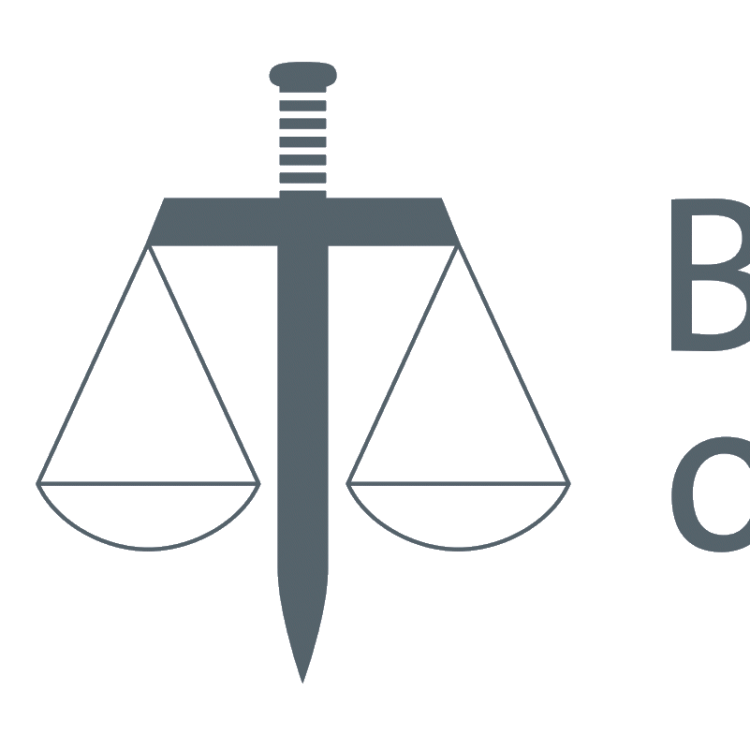

Improvement of an administrative system using machine learning not inventive
The Examining Division refused a patent application for lack of inventive step over a standard general purpose computer. The applicant filed an appeal requesting that the decision be set aside and that a patent be granted on the basis of the main request or the auxiliary request.
The Board, in its preliminary opinion, expressed its agreement with the Examining Division. In response, the Appellant filed a new auxiliary request which was admitted into the proceedings by the Board of Appeal.
The application was concerned with the automatic generation of billing codes to be used in medical billing. Computer-based support systems have been developed to guide human coders through the process of generating those billing codes. Typically, a draft billing code is generated by the system and a human operator then verifies its correctness. The goal of the invention in the application is to improve the accuracy of future billing codes by using the human verification status as input for reinforcement learning.
Claim 1 of the Main Request reads as follows:
"A method performed by at least one computer processor executing computer program instructions tangibly stored on at least one non-transitory computer-readable medium, the method for use with a system including a data source and a first billing code, the first billing code being derived from a set of forward logic applied to first and second concept extraction components, the concept extraction components able [sic] to extract concepts from the data source, the method comprising:
- receiving input from a user, wherein the input represents a verification status of the first billing code;
- applying first inverse logic to the input, the billing code, and the set of forward logic, to identify the first and second concept extraction components; and
- applying reinforcement to the first and second concept extraction components, comprising:
- determining whether the verification status indicates that the first billing code is accurate;
- if the verification status indicates that the first billing code is inaccurate, then applying negative reinforcement to the first and second concept extraction components, comprising apportioning the negative reinforcement between the first and second concept extraction components."
The Appellant argued that the technical effect of the claim was that more accurate billing codes would be generated in the future due to the negative reinforcement of inaccurate billing codes. The Board did not agree since the generation of future billing codes is not part of the claim. Nevertheless, “for the sake of argument” the Board followed the appellant’s arguments.
As is well known, a computer program as such is not patentable under Art. 52(2) and 52(3) EPC, and any features that do not make a technical contribution are not to be taken into account for inventive step. In their refusal, the Examining Division considered that i) a billing code is non-technical administrative data; and ii) generating a billing code is a cognitive task. The process of generating a billing code would therefore be a non-technical administrative task, which, as such, is not patentable pursuant to Art. 52(2) EPC and 52(3) EPC.
In the grounds of appeal, the Appellant argued that this was an incorrect application of the COMVIK approach. ‘”Simply because a claimed set of features offers a solution to an administrative, economic or business problem, it did not in and of itself prohibit those same features from simultaneously solving a technical problem for which an applicant was entitled to seek protection.”
The Board agreed with the Appellant and stipulated the need to take all claim features into account to identify those making a technical contribution.
According to the Appellant, the invention was technical because it improved the system so that it would generate more accurate billing codes.
The Board disagreed and stated that:
“If neither the output of a learning-machine computer program nor the machine output's accuracy contributes to a technical effect, an improvement of the machine achieved automatically through supervised learning for producing a more accurate output is not in itself a technical effect.” (reasons 3.2)
According to the Board, “a technical contribution could reside in a technical solution to the problem of achieving the effect of improving the accuracy of the billing codes generated by the system.”
In response, the Appellant argued that the invention had the advantage of avoiding wasting system resources. Although the Board indicated that this may casually be linked to a technical effect, they considered it not convincing in the current case as the program features of claim 1 are not purposively directed to reducing the system resources.
The Appellant brought a few other arguments forward, but the Board did not agree that any of the claim features where technical, apart from using a general purpose computer to automate the task. The Board therefore came to the same conclusion as the Examining Division that claim 1 lacked inventive step.
Auxiliary request 1 [AR1] contained amendments to overcome clarity objections raised by the Board in their preliminary opinion. However, the amendments did not include features that could provide claim 1 with inventive step. Therefore AR1 was also refused on the basis of lack of inventive step.
Similarly, none of the additional features as amended for AR2 were considered to contribute to the technical character of the invention. Therefore also AR2 was deemed not inventive.
The appeal was therefore dismissed and the patent refused.






